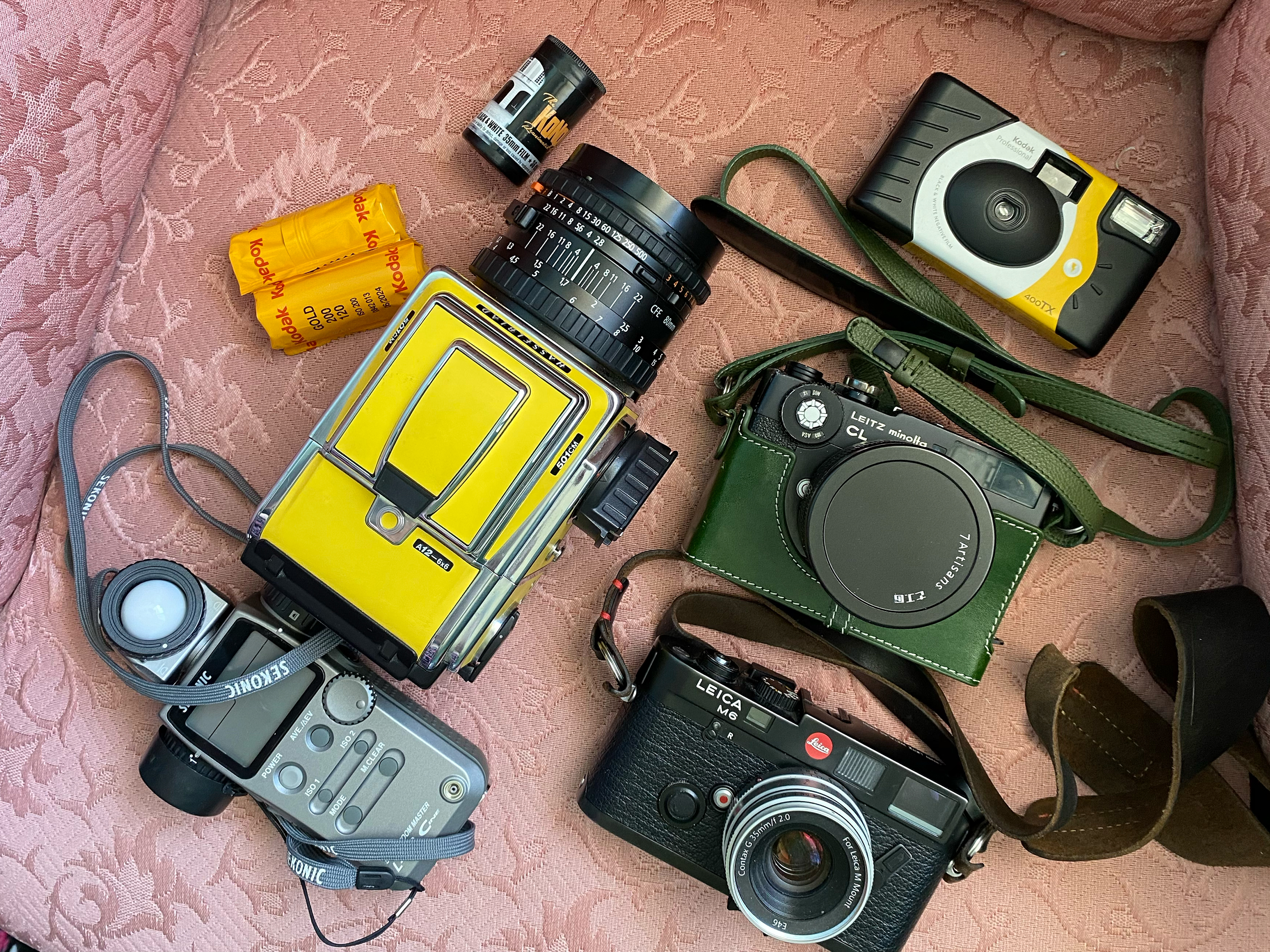I. Love. Film. If there were an opportunity to photograph with and develop only film today, I would do it in a heartbeat. I miss the smell of the chemicals, the sound of running water, and the amber light in the darkroom. I even miss the endless supply of lotion needed to heal my dry, cracked hands. The slower pace of film was therapeutic and made it easy to slow down in a fast-paced world.
We hate banner ads too. Download our app for iOS, iPad, and Android and get no banner ads for $24.99/year.
In college, I had the opportunity to experiment with black and white film processing. Our studio photography teacher introduced us to the incredible world of E-6. My favorite part of the week was going to Qube in Denver and picking up my slide film. The more acquainted I became, the more I preferred certain film stocks over others.
A resounding wave of gratitude goes out to millennials and film lovers who refuse to let film die. Because of this, a few of my favorite film stocks are still available. And new manufacturers are creating some incredible options for your consideration. Below are a few of my favorites.
Ilford Delta
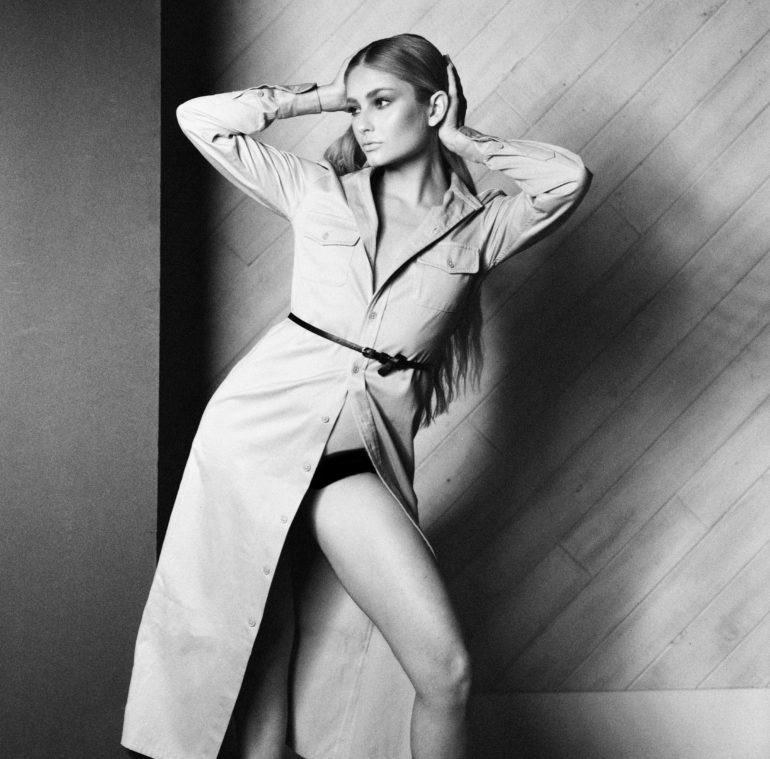
The first roll of black and white I ever photographed with was TMax 400. One of my best friends soon introduced me to the glorious wonder of Ilford Delta film printed on Ilford pearl paper. Both 100 and 400 speeds produced succulent blacks with plenty of contrast. I liked to use a light magenta filter for even deeper blacks. Whether I opted for 100 or 400 was influenced by available light and whether or not I wanted fine grain. I even enjoyed using a different developer for heavy grain when the mood was right. I still strive for this style when shooting black and white digitally today.
Kono Monolit 3
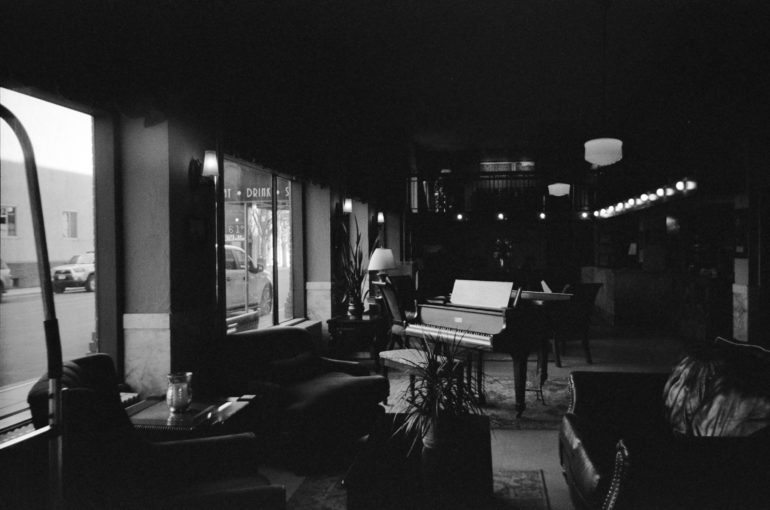
Kono Monolit 3 is an exceptionally slow film stock with excellent sharpness. It produces gorgeous blacks and has a glowing aesthetic that I enjoy. Monolit 3 provides a lot of character, and the contrast is very pleasing. It is a beautiful option for shooting landscapes, cityscapes, and interiors.
Kodak Ektachrome and Fujifilm Fujichrome Velvia Slide Film
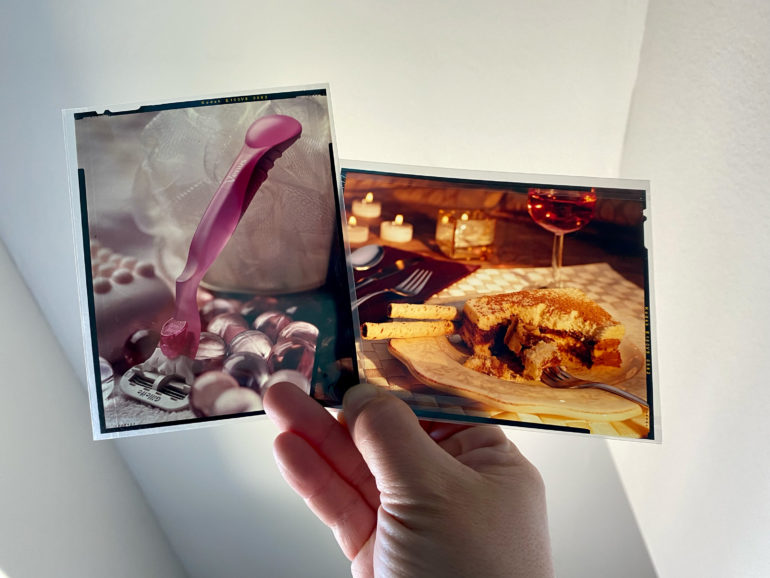
Slide film was some of my absolute favorite films to use in the studio when I was in school. E-6 slides produces excellent contrast with plenty of color saturation for vivid images. It’s slightly less forgiving than negative color film, so your exposure needs to be on point. Ektachrome is a great option when shooting landscapes and food photography. It is a perfect studio companion.
I always reached for Velvia when shooting slide film outdoors. The poppy colors are lovely for natural light images. This film dazzles in the blue and purple hues. Use it for capturing incredible golden hour and blue hour scenes.
Kodak Portra
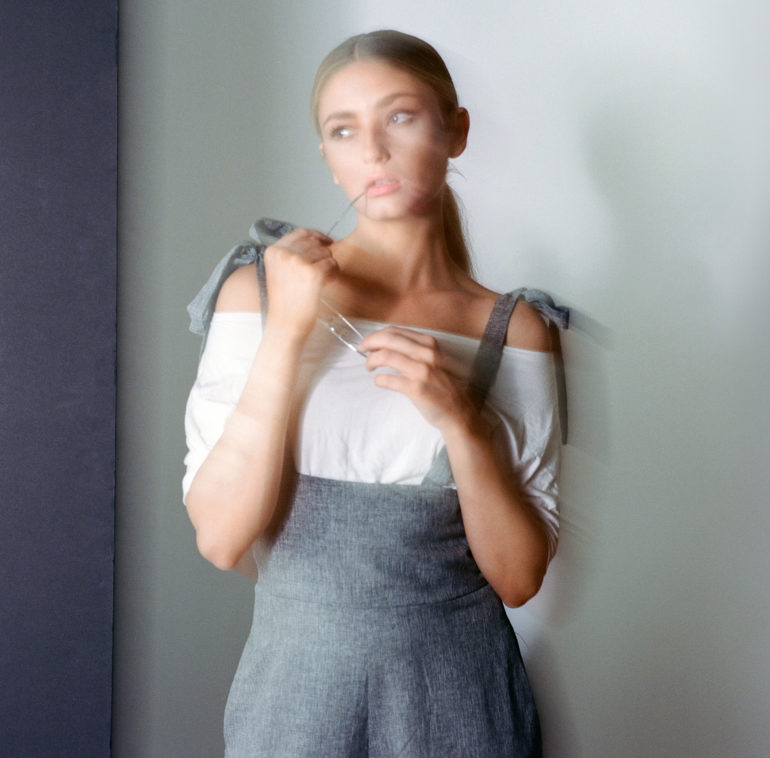
Portra is one of Kodak’s best options for portraits. The skin tones are lovely, and the images are sharp with plenty of detail. Portra is an ideal choice for shooting portraits and fashion photography. I prefer Portra 160 when shooting in the studio or in high-contrast natural light. The 400 film speed is an excellent option for lower light or fast-action fashion shots.
Kodak Gold 200
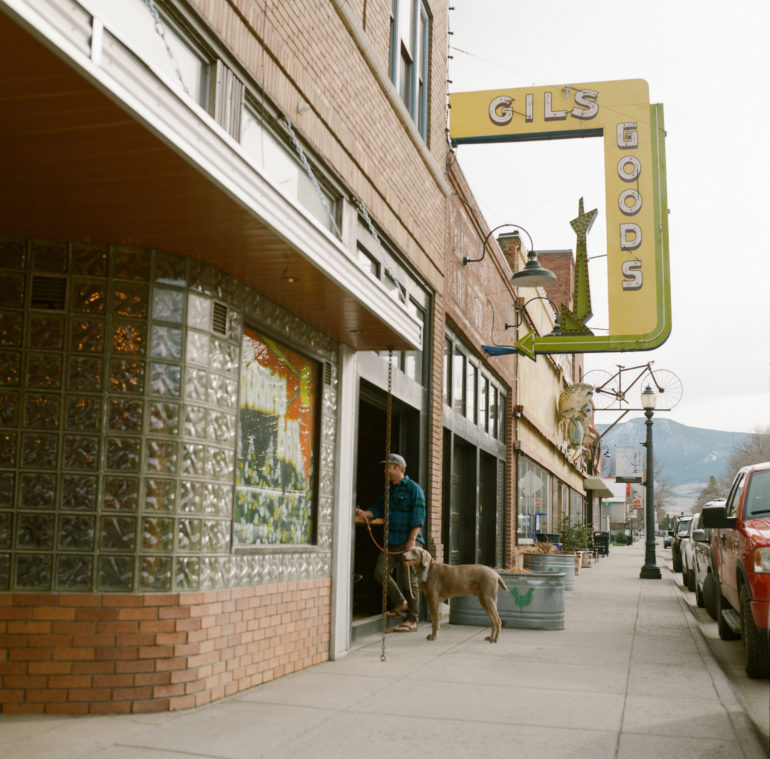
I was excited to see Kodak release their beloved Gold 200. The subtle hues and moderate contrast are beautiful, making it a great all-around choice. It lives up to its namesake best during golden hour and produces incredible golden tones. If you are a portrait photographer, it’s best to shoot portraits during those golden hours for the best skin tones.
Final Thoughts
It’s exhilarating to see the resurgence of analog in a digital world. Although these are my personal favorites, there are plenty of other options. Shooting film is an excellent way to fine-tune skills and develop or refine style. You can send rolls to your favorite lab for developing and scanning. Our Phoblographer team has been sending the film to Blue Moon Camera for processing: they do great work. I also look forward to High Desert Film Lab in California shortly. If you are looking for a lab, check them out.


